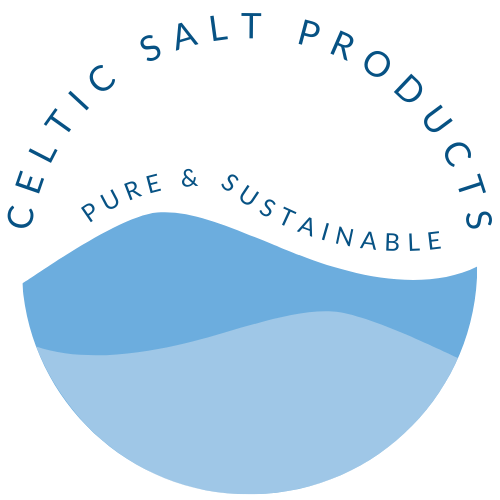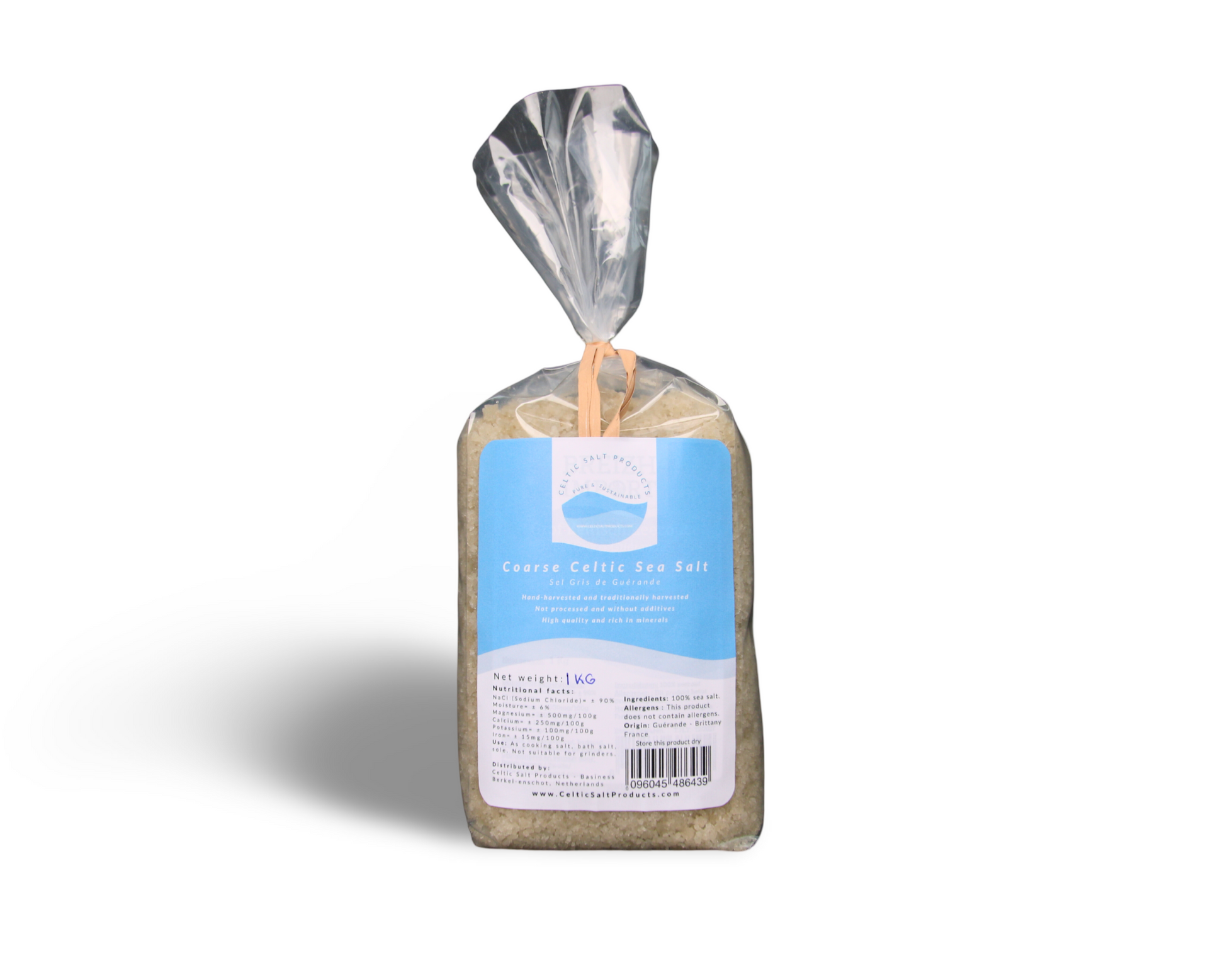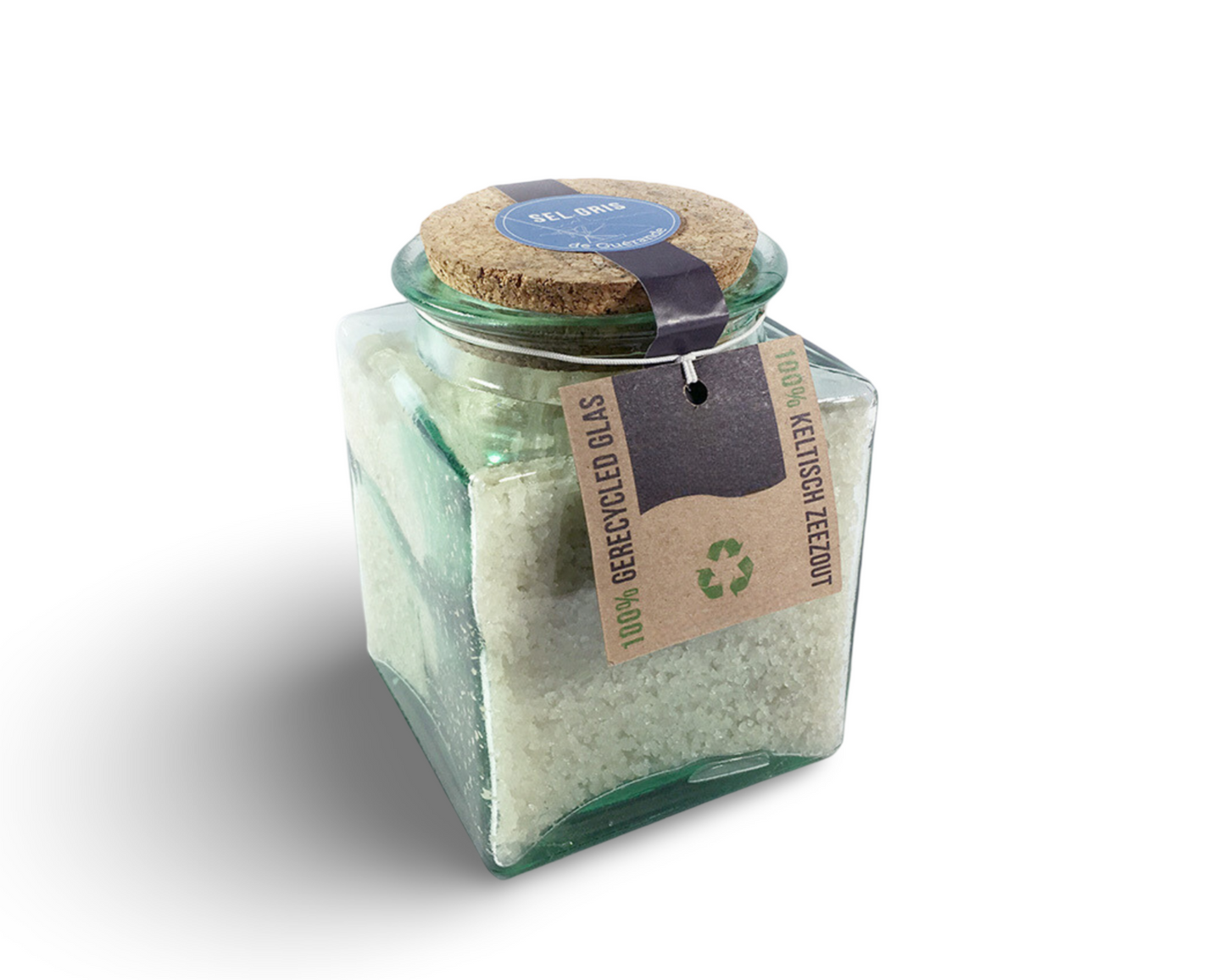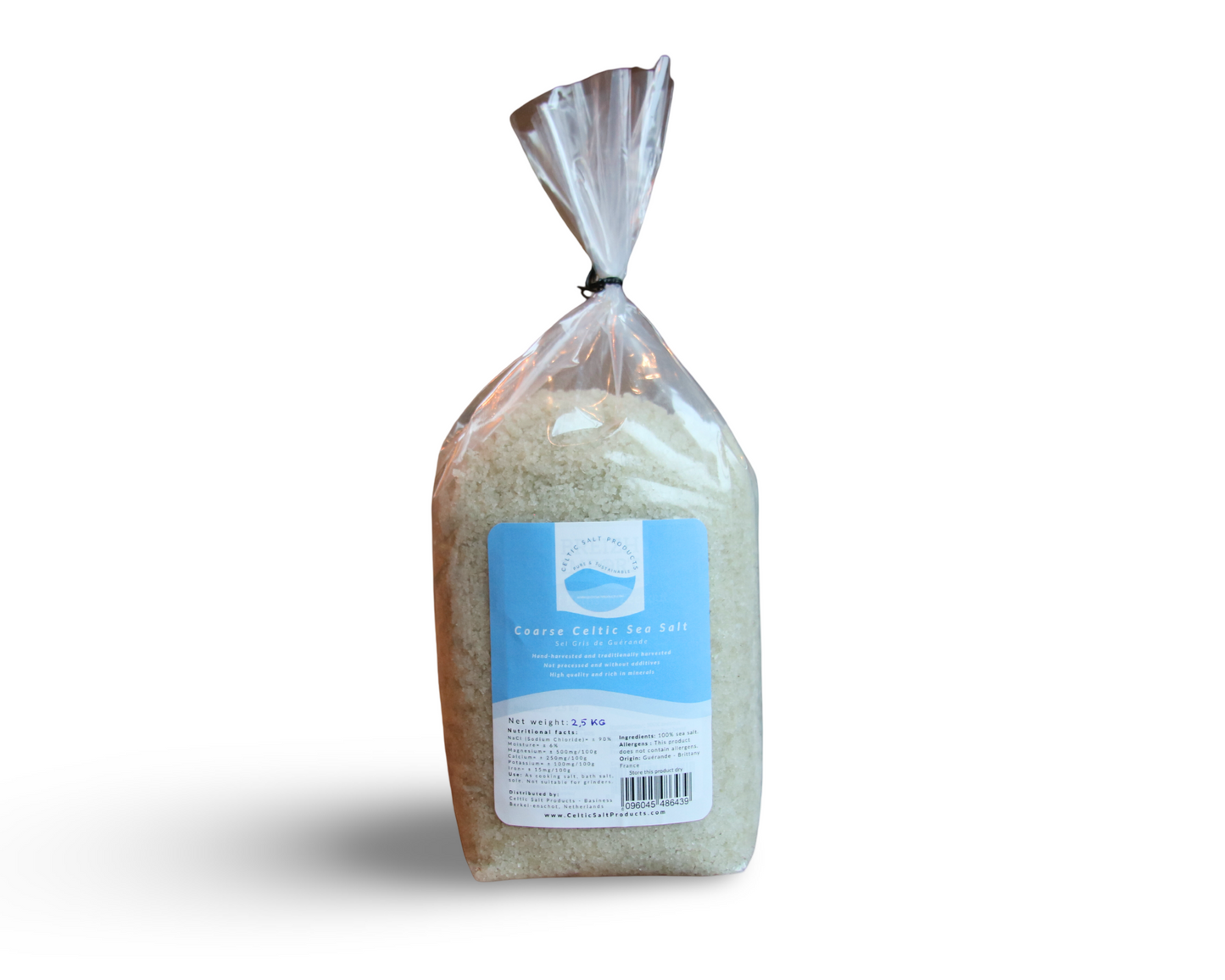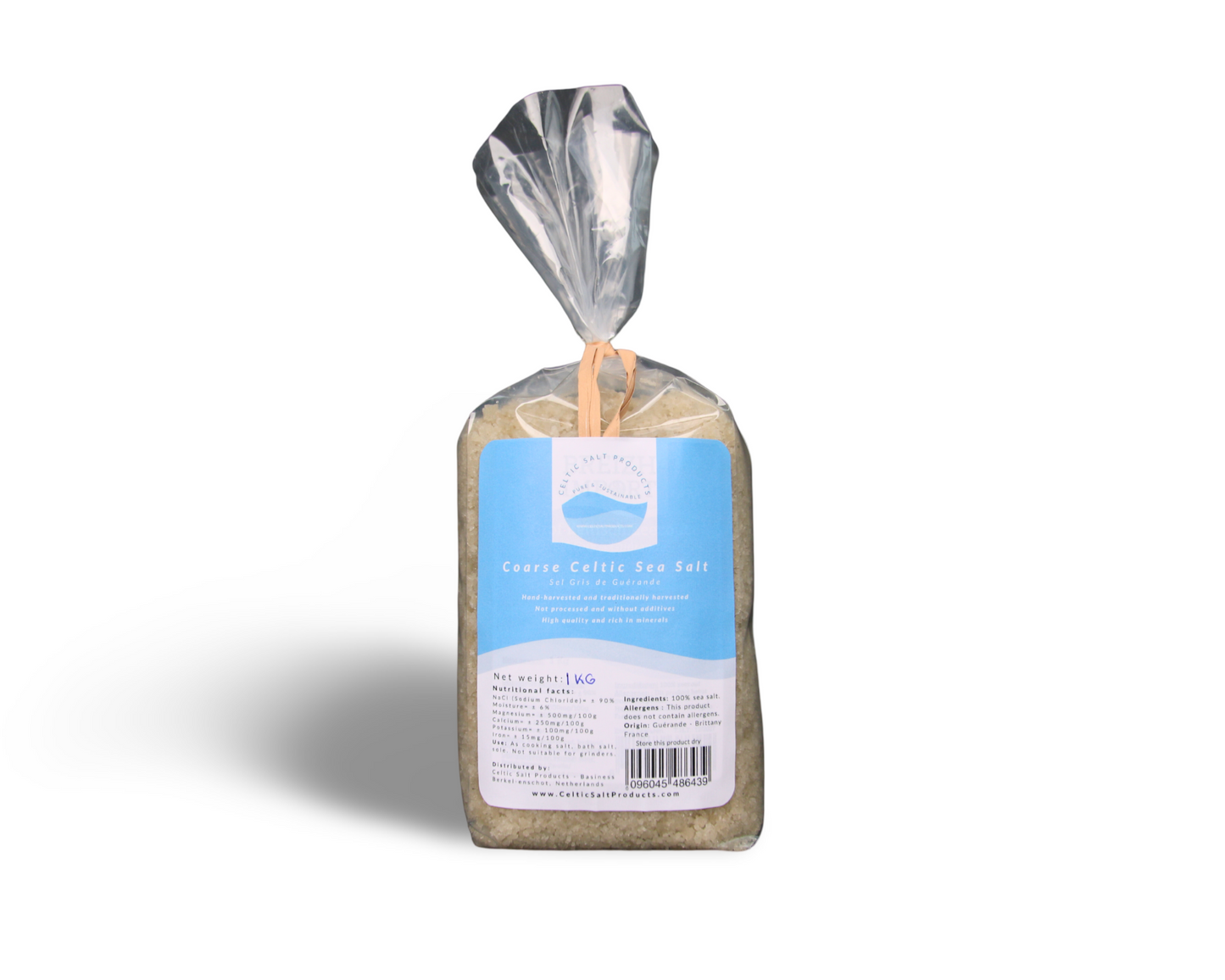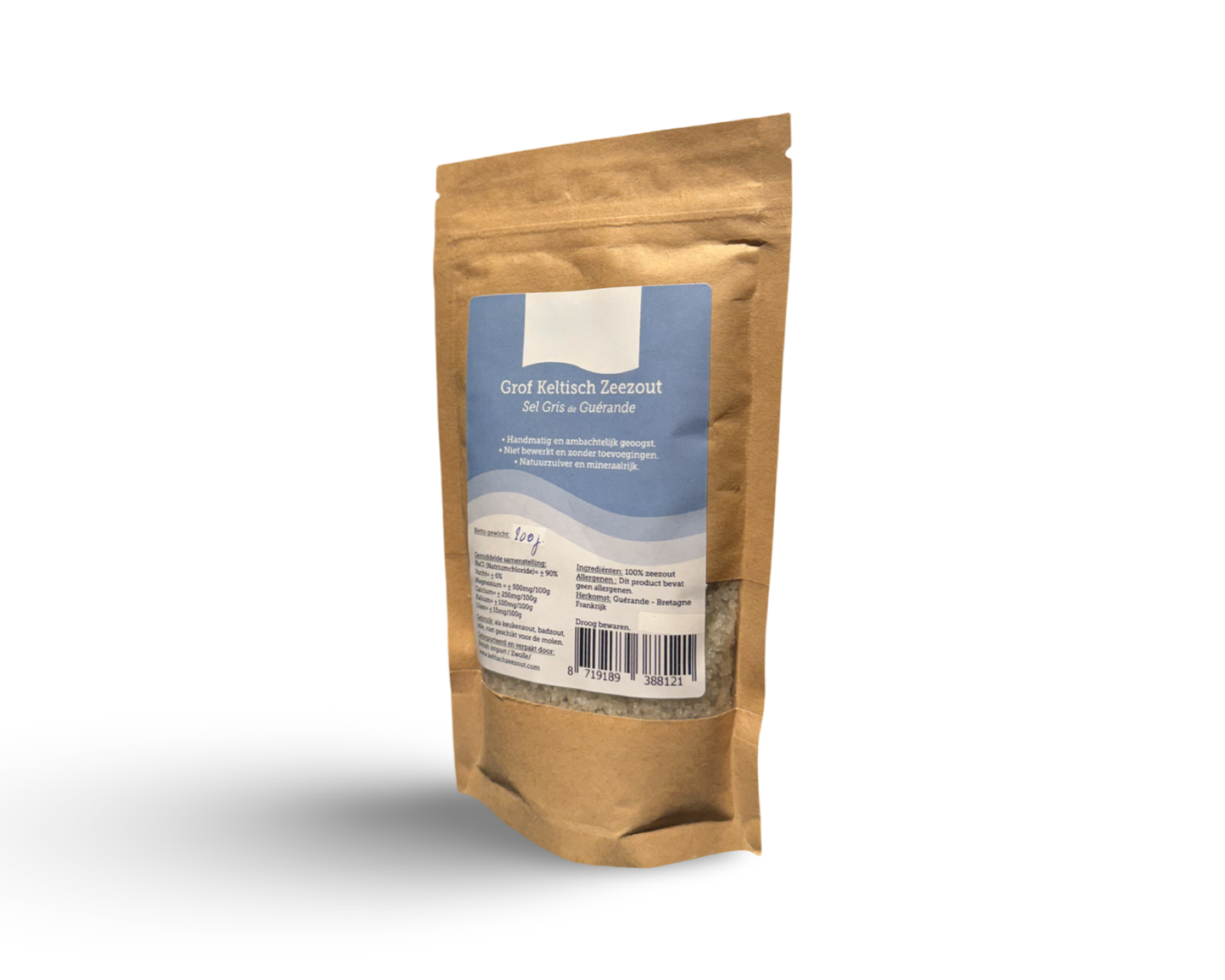The question "Are Celtic salt and Himalayan salt the same?" is a common inquiry among health-conscious individuals and culinary enthusiasts alike. While both Celtic salt and Himalayan salt are celebrated for their natural origins and health benefits, they are distinctly different in their composition, origin, and uses. This blog post aims to clarify these differences and shed light on what sets each salt apart.
What is Celtic Salt?
Celtic salt, often referred to as Celtic Sea Salt, is harvested from the coastal regions of France, particularly Brittany. This grey-hued salt is known for its high moisture content and rich mineral composition, including magnesium, potassium, calcium, and various trace elements. The traditional, hand-harvesting methods and the clay-lined salt ponds in the region contribute to its unique characteristics.
What is Himalayan Salt?
Himalayan salt, on the other hand, is pink salt mined from the Khewra Salt Mine near the Himalayas in Pakistan. Its pink color is due to the presence of iron oxide and other minerals. Himalayan salt is known for its purity, as it is minimally processed and free from additives. It also contains a range of minerals, but in different proportions compared to Celtic salt.
Key Differences Between Celtic Salt and Himalayan Salt
-
Origin and Harvesting: Celtic salt is harvested from saltwater in France, while Himalayan salt is mined from ancient salt deposits in Pakistan. Their geographical origins contribute significantly to their unique mineral compositions and textures.
-
Color and Texture: Celtic salt is typically grey and moist, whereas Himalayan salt is known for its distinctive pink hue and a drier, more crystalline structure.
-
Mineral Content: While both salts contain a variety of minerals, the concentration and types of minerals differ due to their distinct origins. Himalayan salt is particularly noted for its iron content, which gives it the pink color.
-
Culinary Uses: The moisture content of Celtic salt makes it a preferred choice for finishing dishes and for use in cooking where moisture retention is desired. Himalayan salt, with its dry, crunchy texture, is often used in salt grinders and as a decorative salt in cooking and presentation.
Conclusion
To address the query "Are Celtic salt and Himalayan salt the same?" - they are not. Each salt boasts unique qualities derived from their natural environments. Understanding these differences can not only elevate your culinary endeavors but also help you make informed choices about the types of salt you incorporate into your diet for their varied health benefits.
